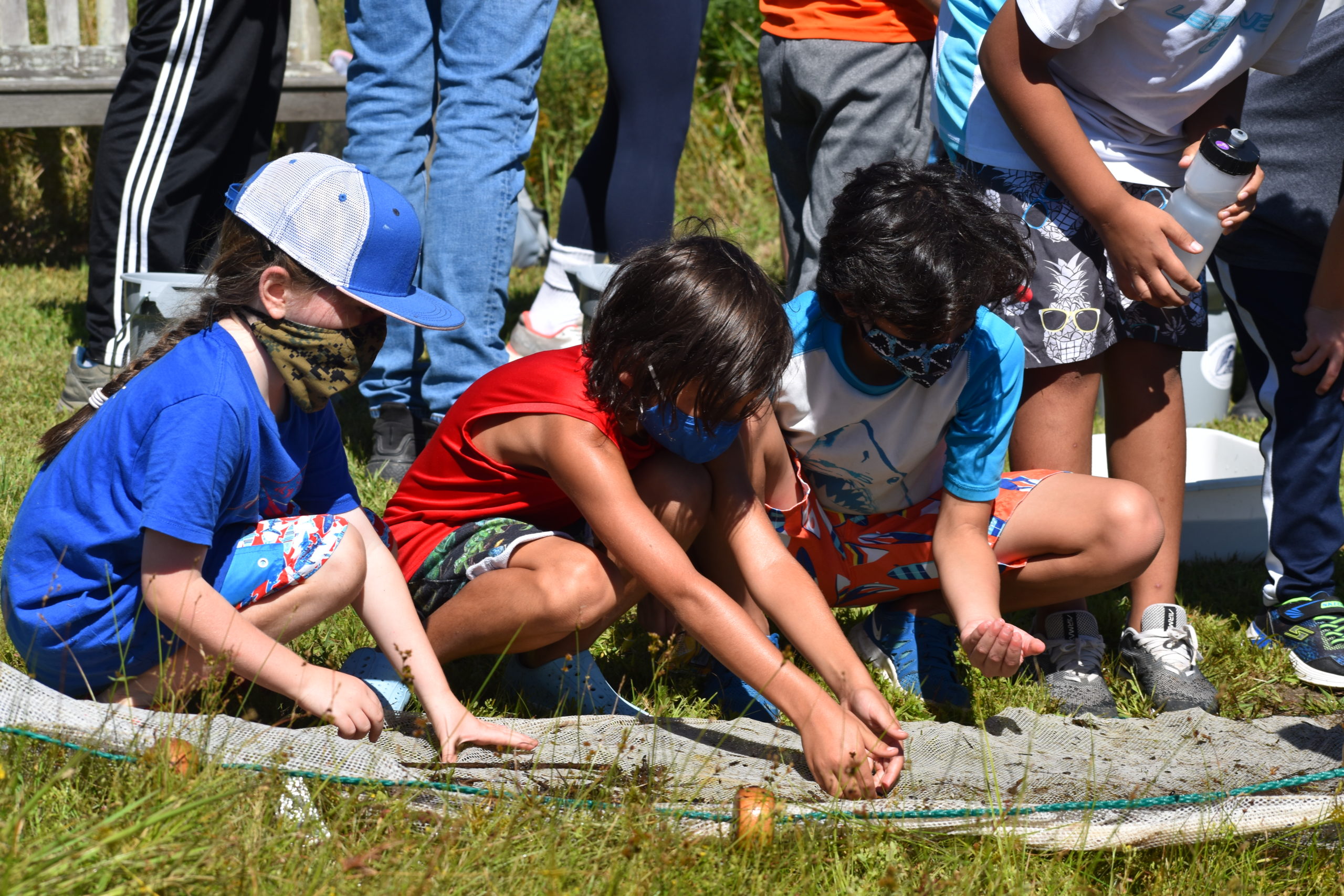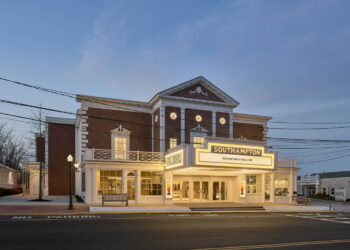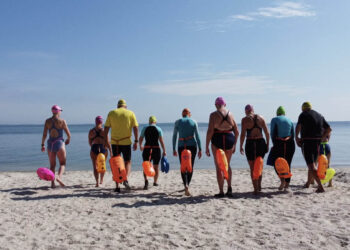
In 1988, a group of South Fork naturalists formed a membership organization called the South Fork Natural History Society, better known as SOFO.
The objective of this organization was to increase public awareness about the past, present, and future of eastern Long Island’s natural history and to share their joyful experiences of exploring and learning with others in the community.
SOFO used to operate out of a small building referred to as the Nature Clubhouse where children gathered to examine different species, research for school projects, and just hang out. The Clubhouse served as a prototype in the planning of South Fork Natural History Museum—ultimately a place of exploration and discovery. They are now entering their 33rd year as a leader in environmental education on Long Island.
Melanie Meade, the education and outreach coordinator at SOFO, spoke more about their mission, education opportunities, and ways for the community to get involved.
Can you talk about the mission of Southfork Natural History Museum and Nature Center?
MM: SOFO’s mission “to stimulate interest in, advance knowledge of, and foster appreciation for the natural environment, with special emphasis on the unique natural history of Long Island’s South Fork” is accomplished through the presentation of hands-on interactive exhibits and guided educational experiences, in the museum and outdoors. Museum staff encourage direct observations and hands-on explorations in the natural world while emphasizing the interconnectedness of living things and the need for conservation and preservation of our natural resources. The interactive exhibits in the museum and the local live animal displays are designed to raise the level of ecological awareness of visitors and to prepare individuals to make intelligent environmental decisions. Our goal is to provide an enjoyable visitor experience that will inspire the pursuit of future explorations and curiosity as well as foster a lifelong fascination and affection for nature.
What are some ways for the community to get involved?
MM: We are open to visitors 362 days a year from 10:00 a.m. to 4:00 p.m., offering age leveled programs to families, children, and adults.
What have been your favorite events or ways in which the most impact was made?
MM: Our annual summer Gala is the highlight of our fundraising events and allows us to maintain our facility and offer programs. Our annual Climate Change summit brings together climate scientists, local politicians, and community members for an exchange of ideas relating to climate change concerns for humans and nature on Long Island. SOFO’s nature themed clubs for children—Young Birders Club and YES! (Young Environmentalists Society)—introduce children to environmental stewardship thru youth friendly activities of bird watching and community based environmental awareness. The YES! group has also been zooming extensively with NOAA and other scientific experts as an enrichment to remote learning. SOFO hosts Open House events annually, where the museum is open free of charge to the community with live animal shows and children’s activities, and frequently co-sponsors outdoor education programs with other local education and environmental organizations.
You do a lot for children and education in the community. Are there different events and resources for adults and children alike?
MM: SOFO offers age leveled programs for early childhood, elementary, and middle school students, teens, and adults. Program descriptions are available on our calendar of events on the sofo website: sofo.org. Our quarterly newsletter includes a calendar at a glance with a schedule of programs and events. SOFO offers annual higher education scholarships to outstanding local high school students, membership scholarships for underserved families in the community, and after school enrichment STEAM classes in partnership with a local childcare organization.
How do you choose where to put your biggest efforts in terms of programs, fundraising, education, and so on?
MM: The museum director receives feedback from SOFO members and the community and we respond by offering more of the most popular type of programming and activities. We are also fortunate to have the support of donors who have sponsored our after school enrichment programs in Nature Science and STEAM—Science, Technology, Engineering, Art and Mathematics.
How can the public enjoy the museum and nature center?
MM: Visitors enjoy a guided experience with the museum’s interactive exhibits, live local animals, and marine organism touch tank. They can experience the outdoors while indoors, and once their curiosity is engaged, they can explore the outdoor nature trail on their own using their heightened observation skills.
Can you tell us more about the research that is conducted, and the education provided by the group?
MM: The SOFO shark research is adding to the available information and understanding of the ecological patterns of shark species in local waters as well as raising public awareness of sharks as an integral part of the ocean ecosystem. Herpetological surveys for locally uncommon and endangered frogs, toads and salamanders are an opportunity for the community to experience some of the unique wildlife of our area and provide important data about populations of these animals and the impacts of climate change and human actions. Several citizen science research programs at SOFO offer opportunities for individuals to experience animals in their natural habitats and scientific data collection methods: horseshoe crab tagging, bird counts, monarch butterfly watch, and bio blitz programs.
Do you have any events coming up that the community should save the date for?
MM: Nighttime salamander searches in February, and our Earth Day celebration on April 30th.
What are you most proud of when it comes to Southfork Natural History Museum and Nature Center?
MM: As an educator, it is extremely rewarding to me to have a part in making lifelong connections for people to the natural world and in watching young children grow up to become interested in higher education in general and in environmental stewardship in particular.
What else would you like the community to know?
MM: We are here as a resource for the community, and would like the museum to be the gateway to the many local habitats, nature preserves, and trails for people to explore and observe, not just at SOFO.
Southfork Natural History Museum and Nature Center is located at 377 Bridgehampton/Sag Harbor Turnpike in Bridgehampton. For more information about their mission, upcoming events, and resources visit them online at sofo.org.












